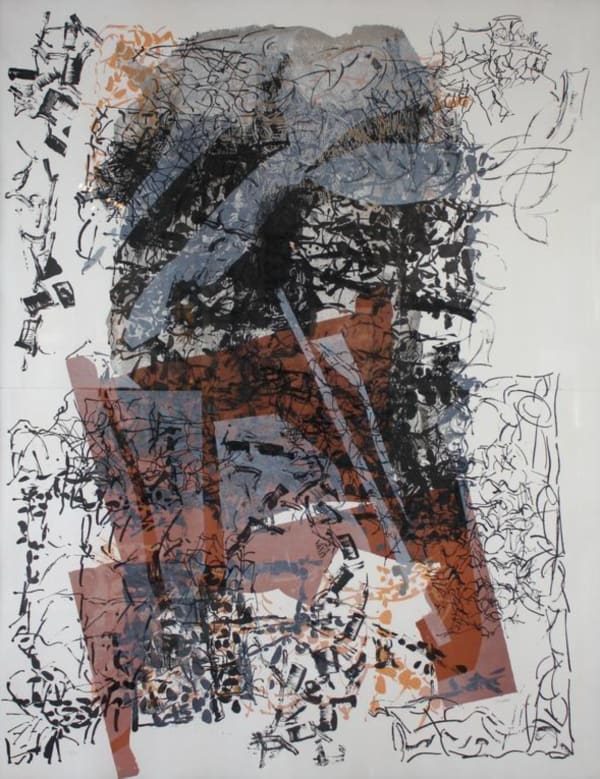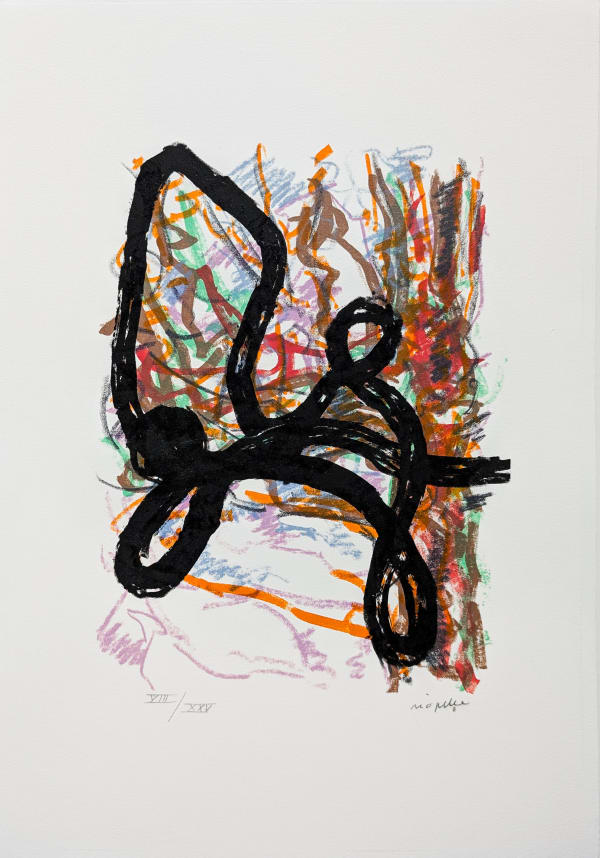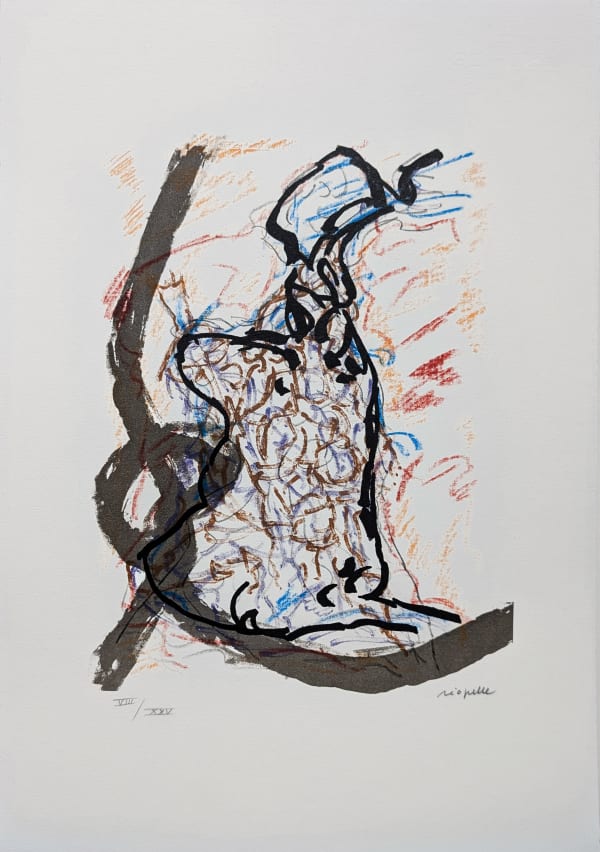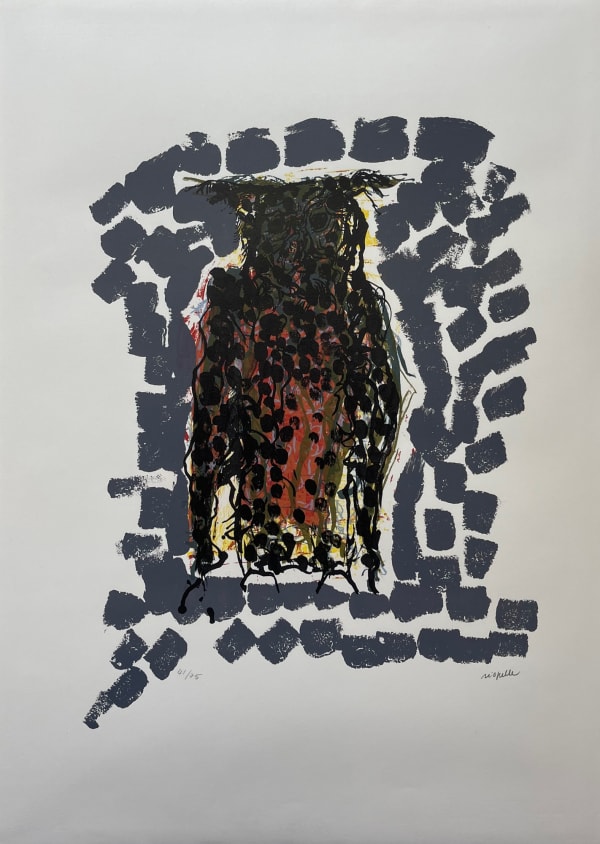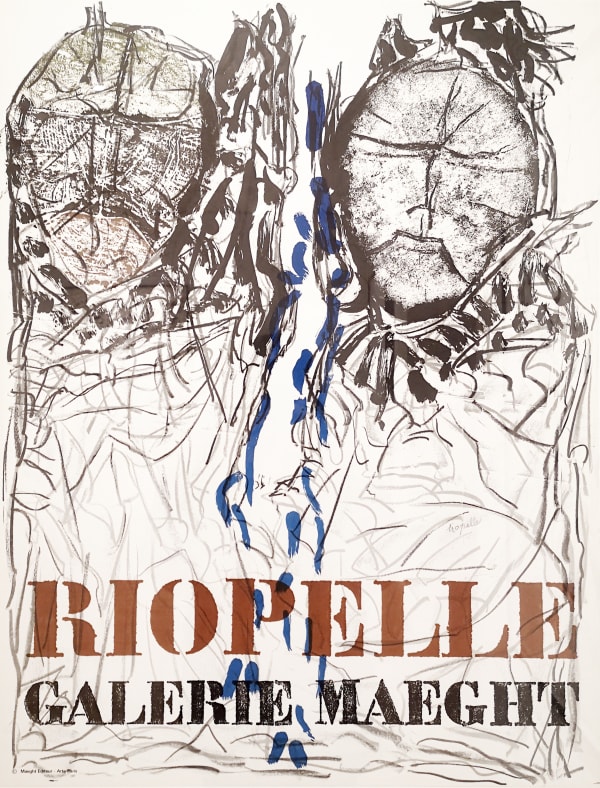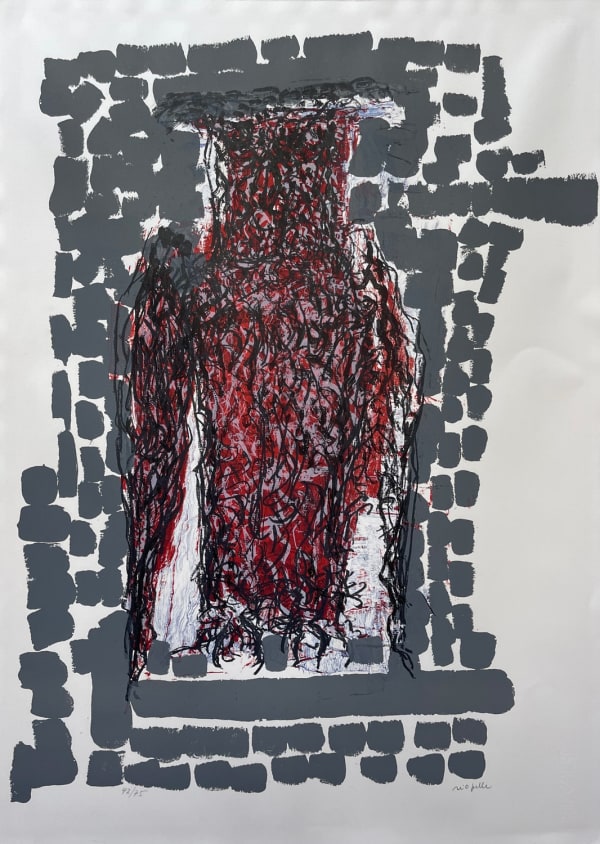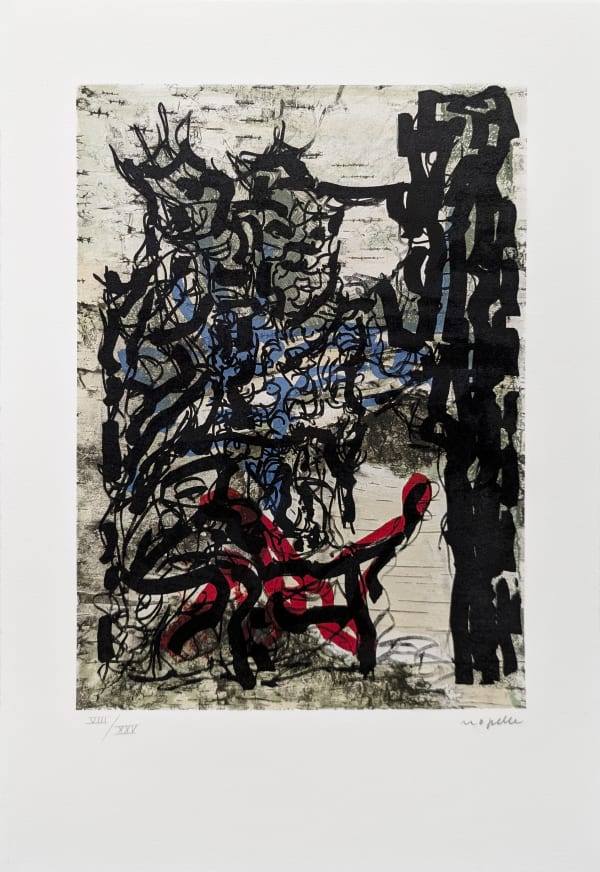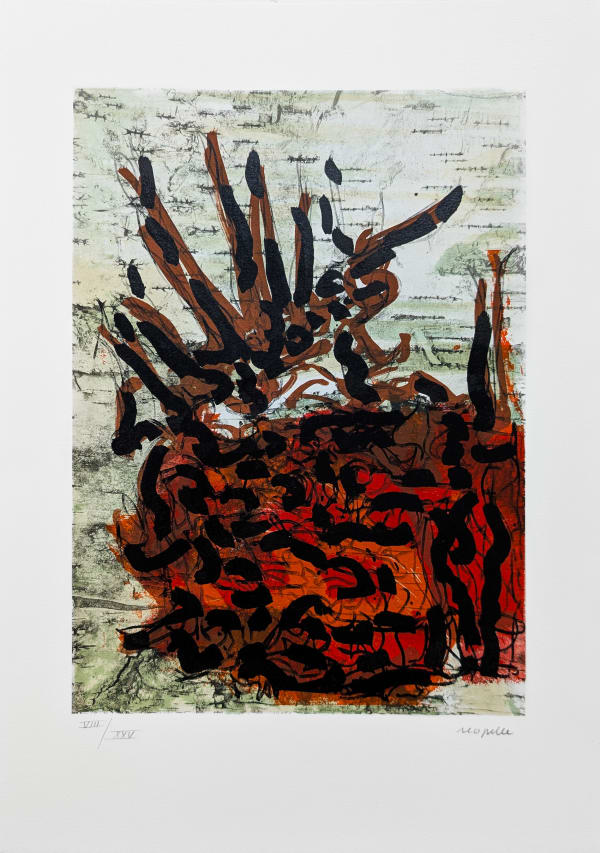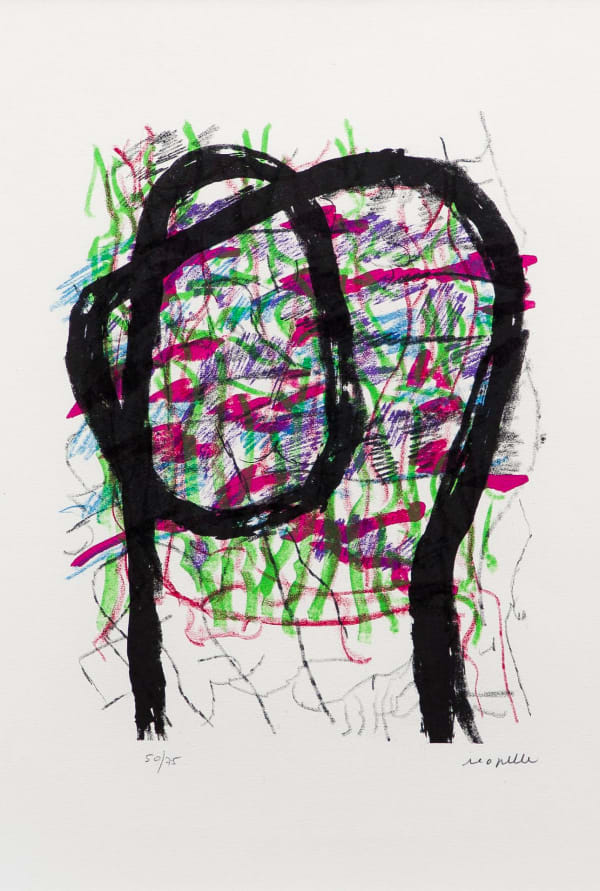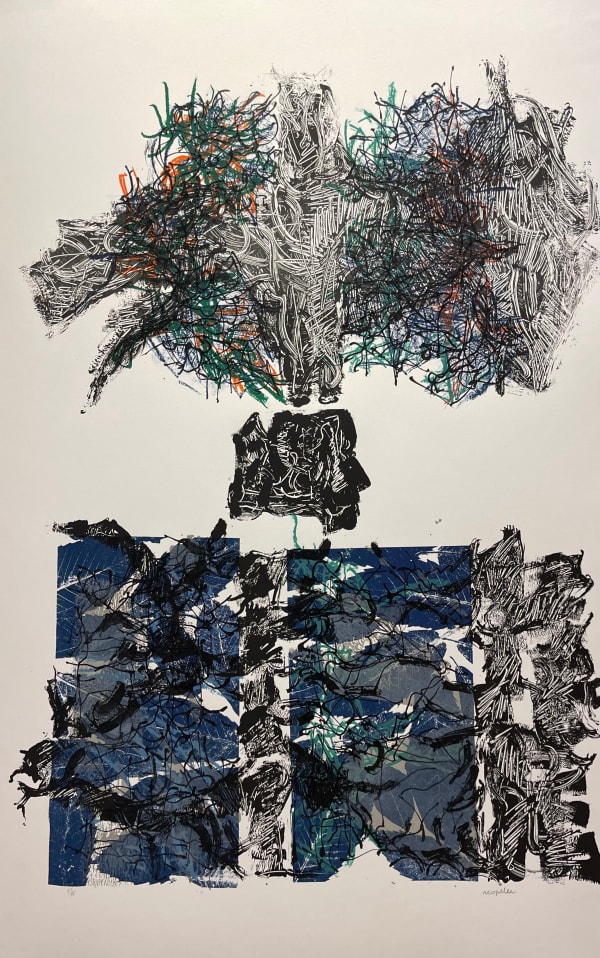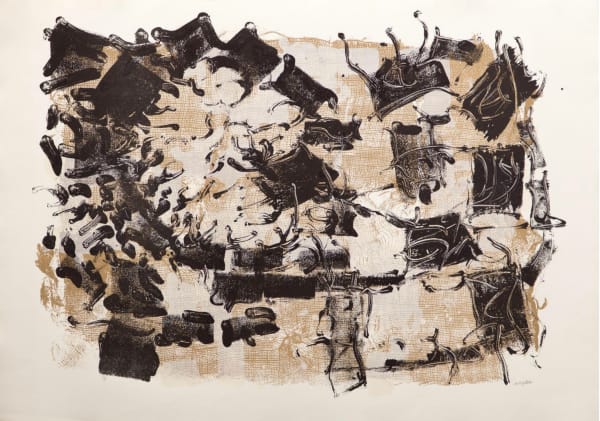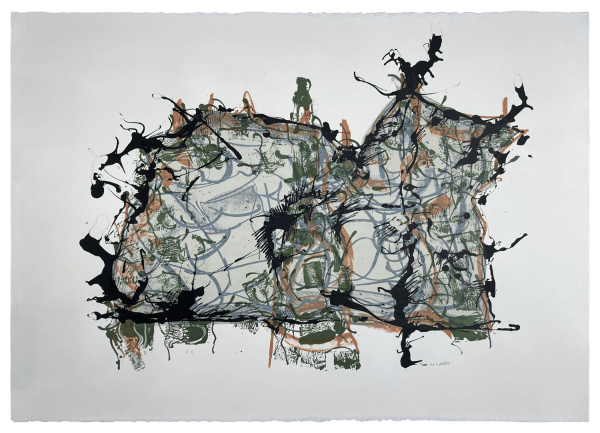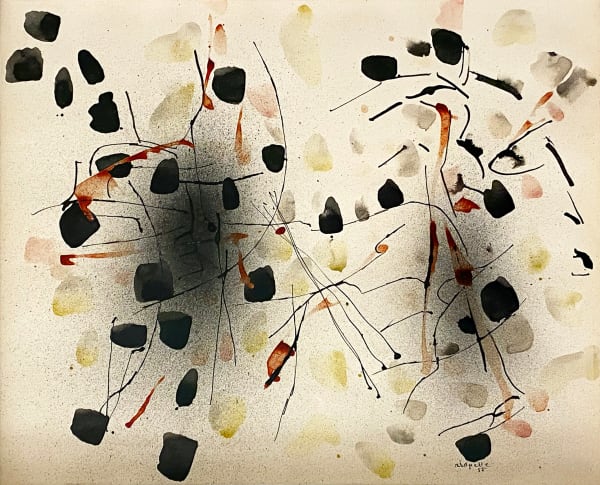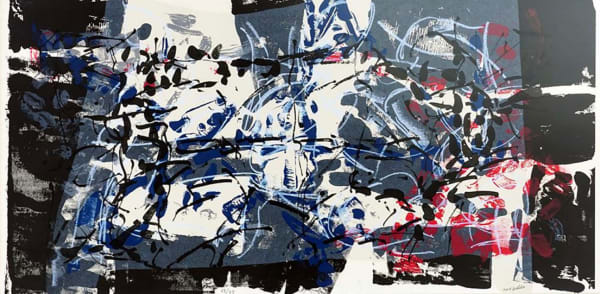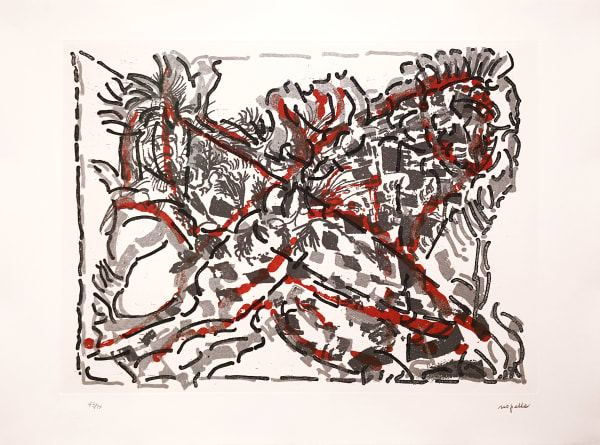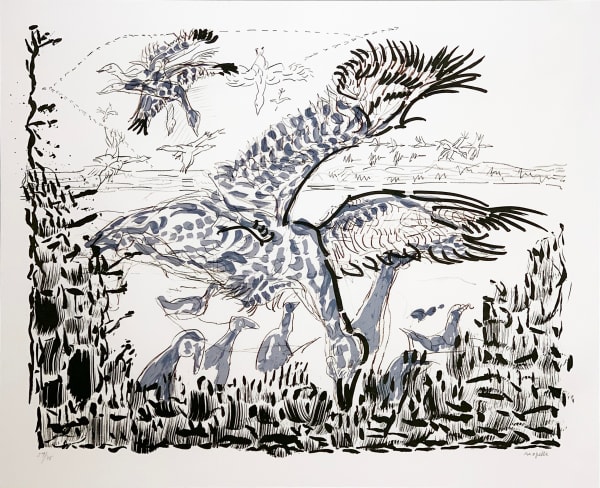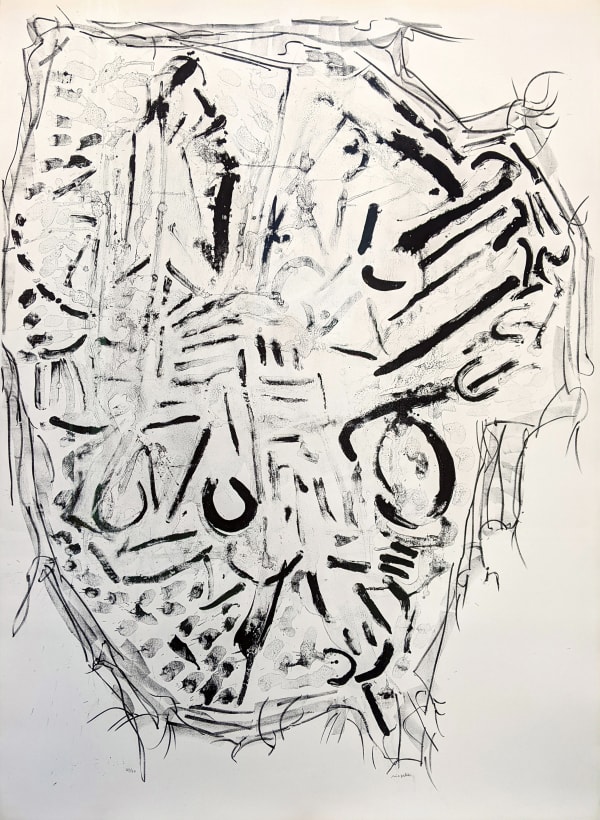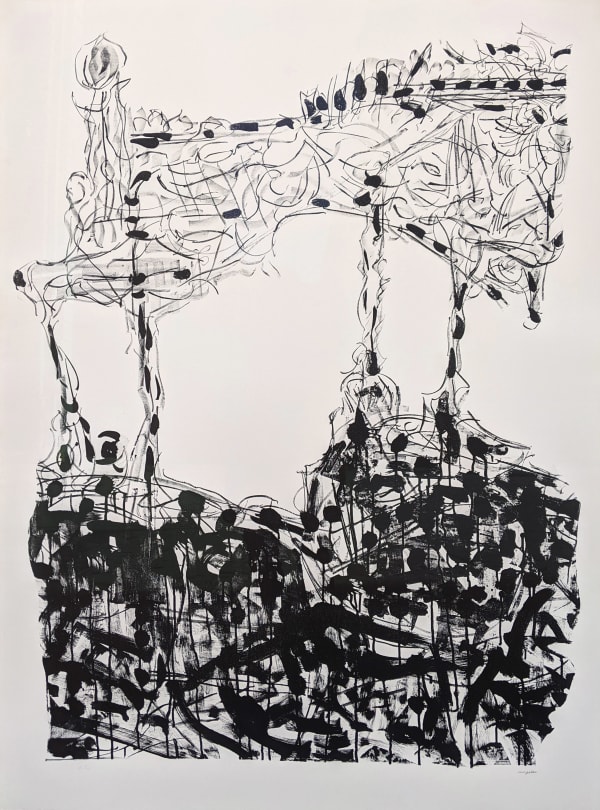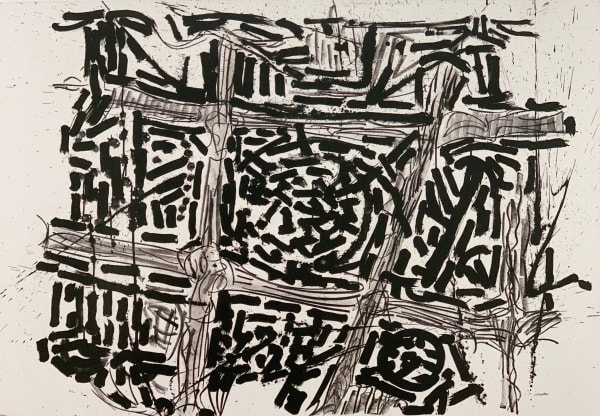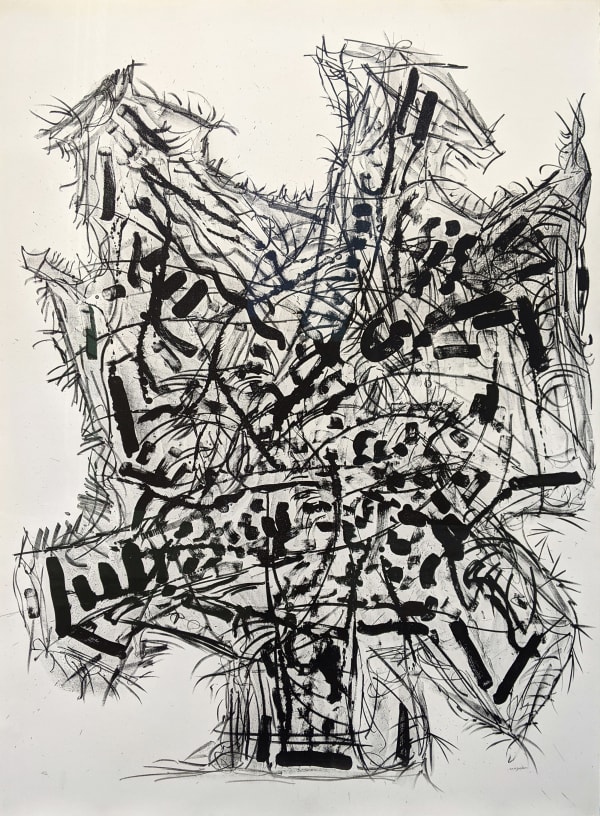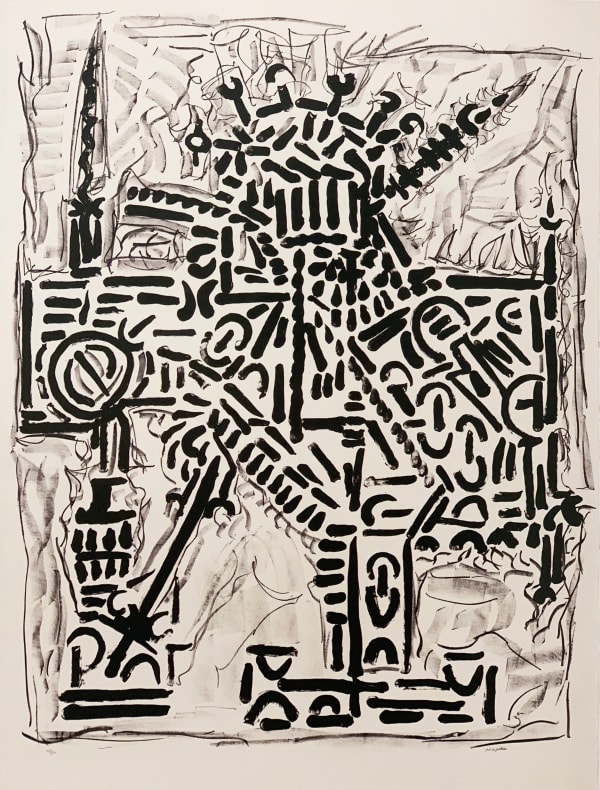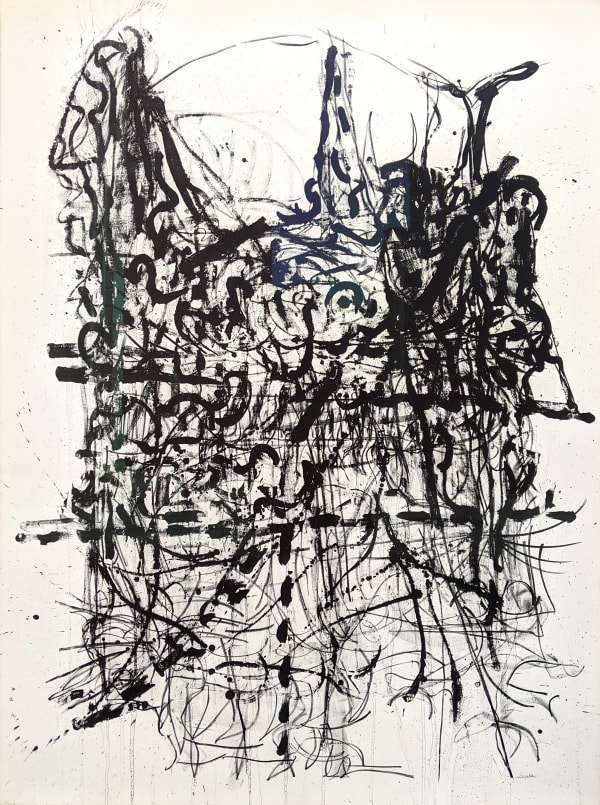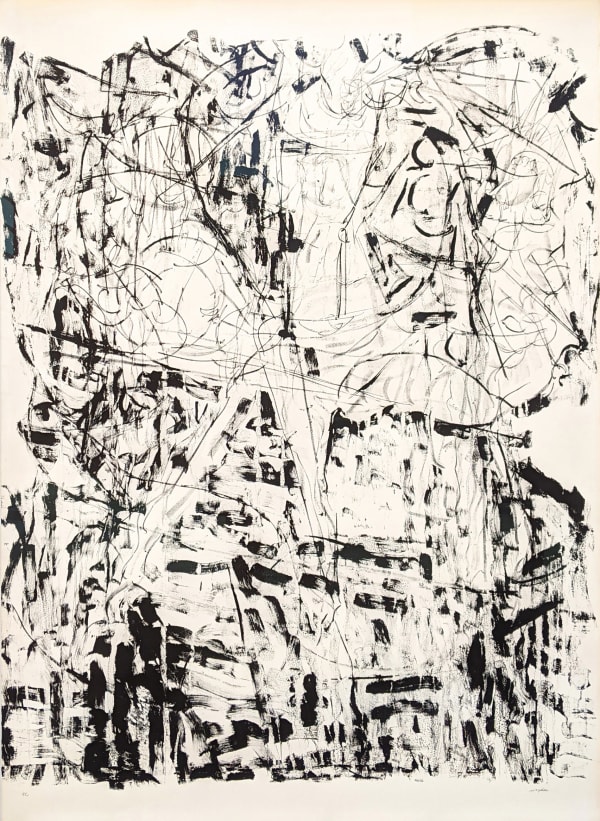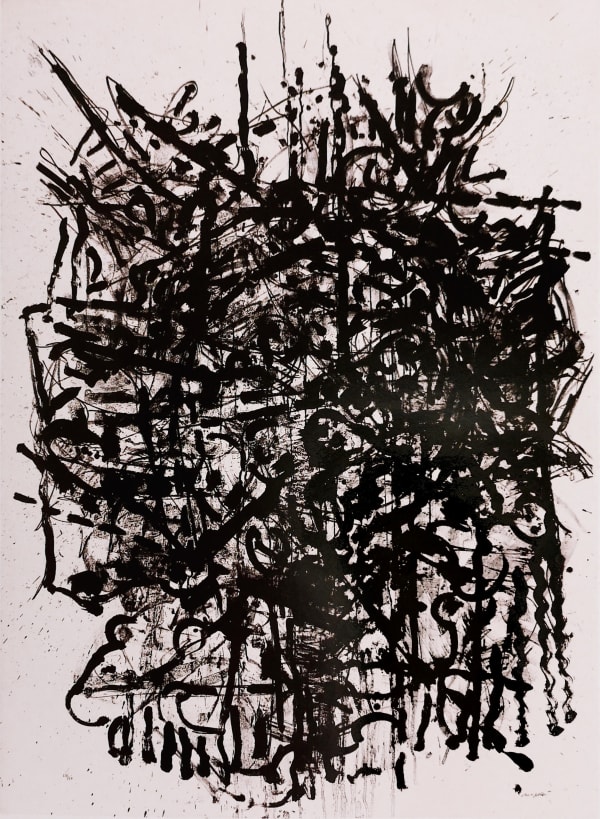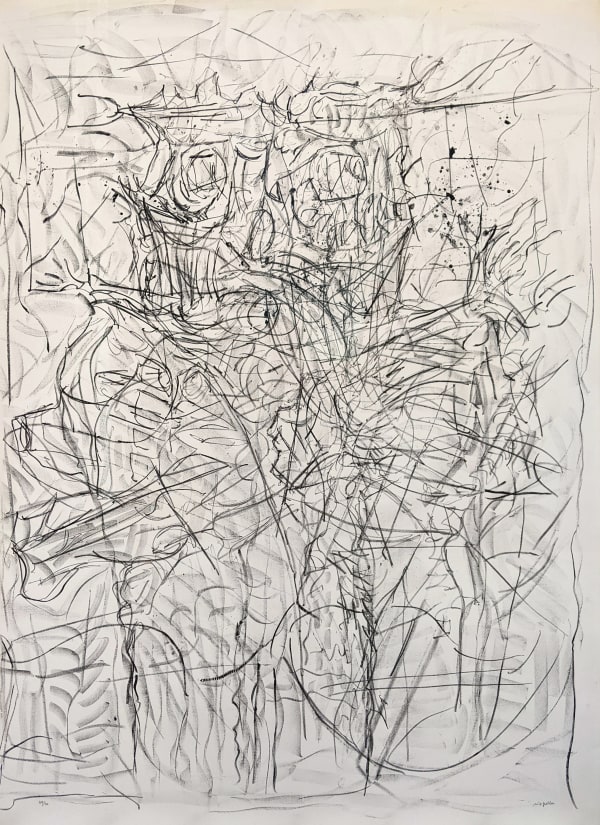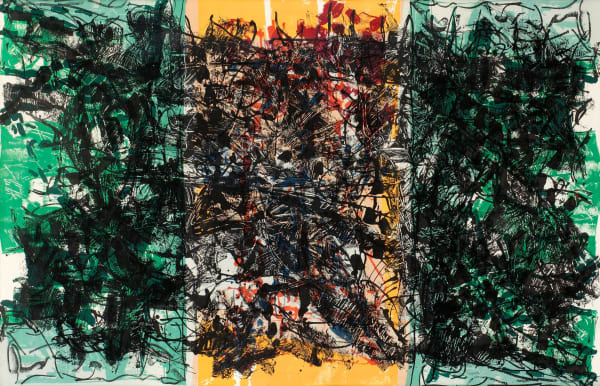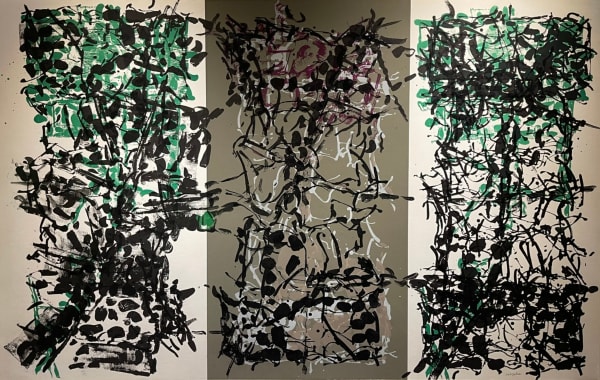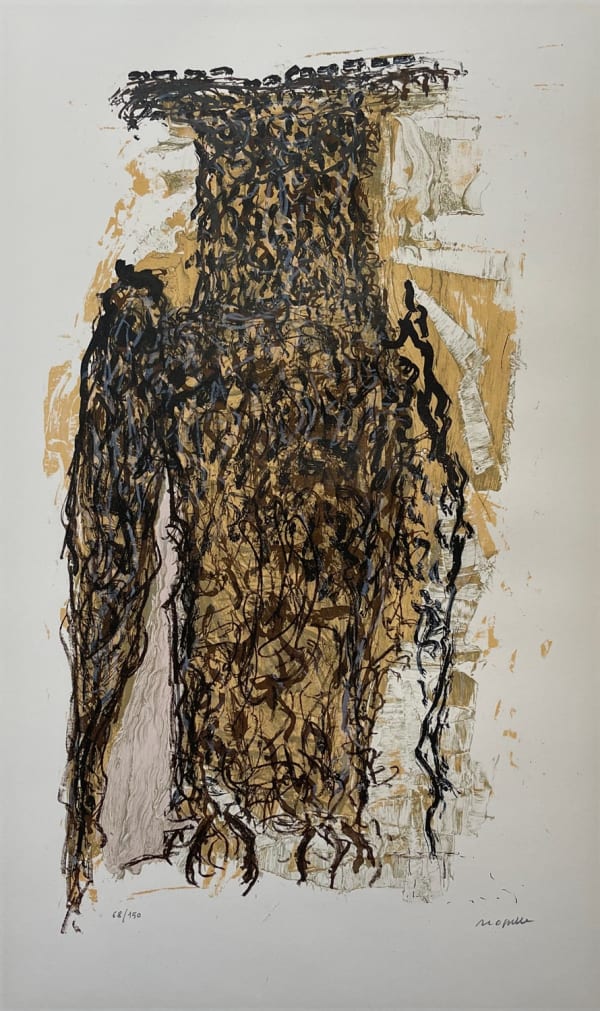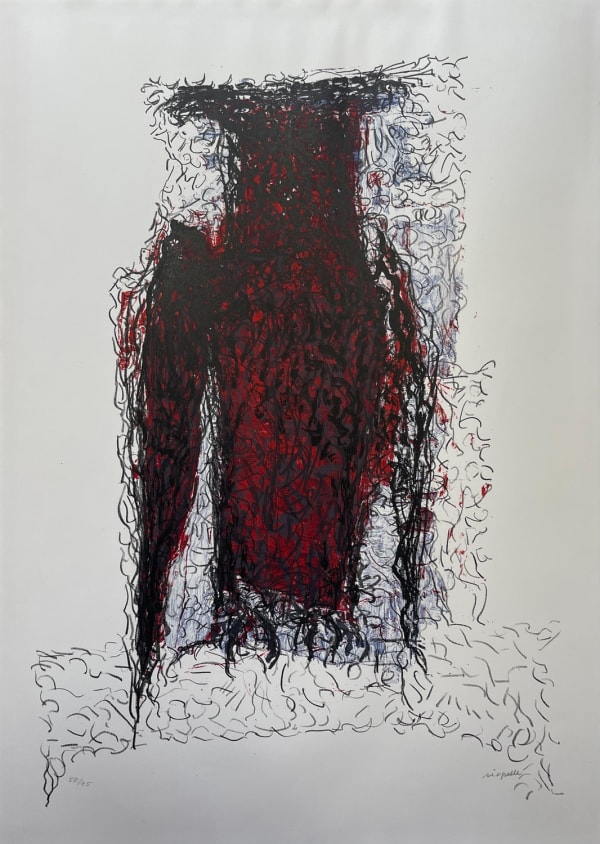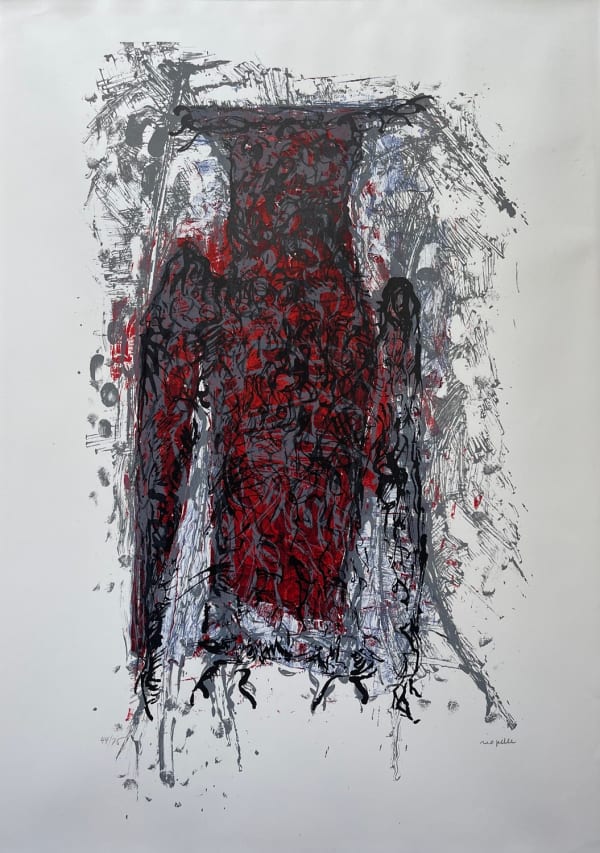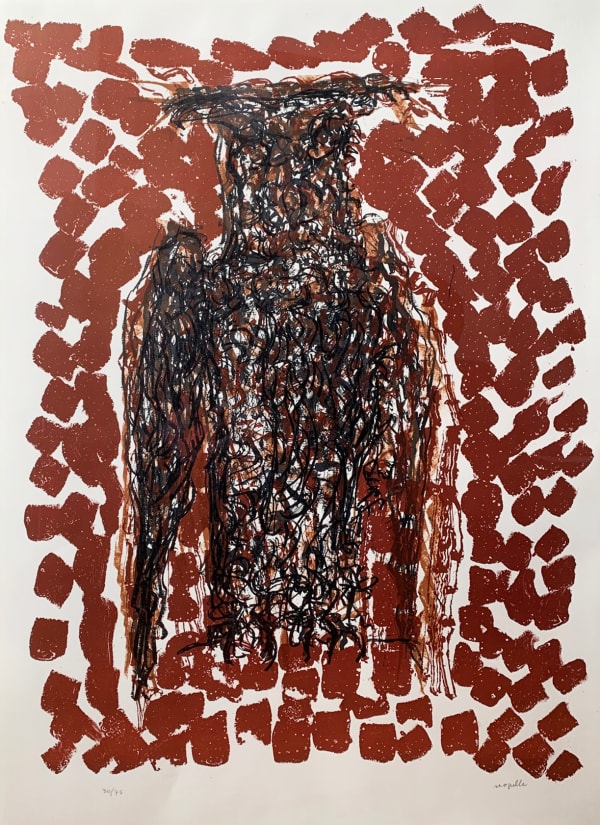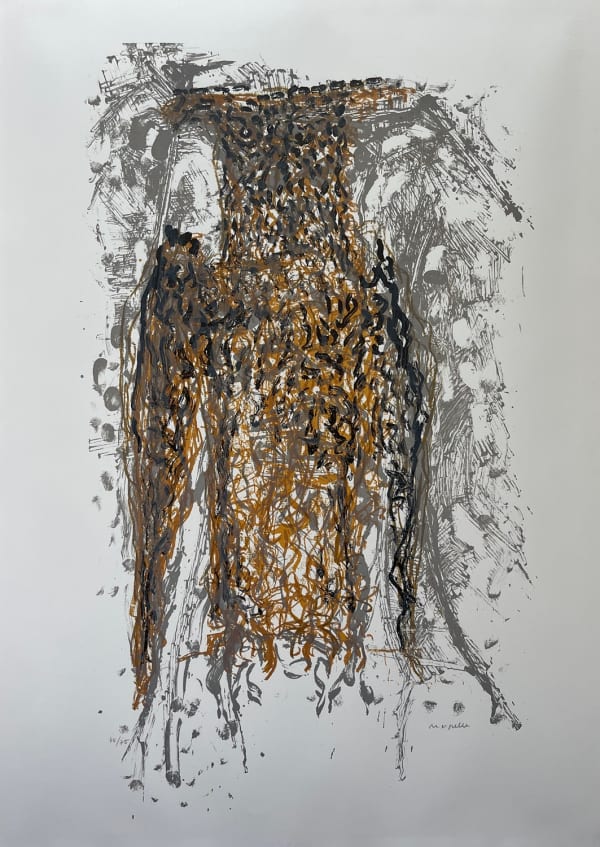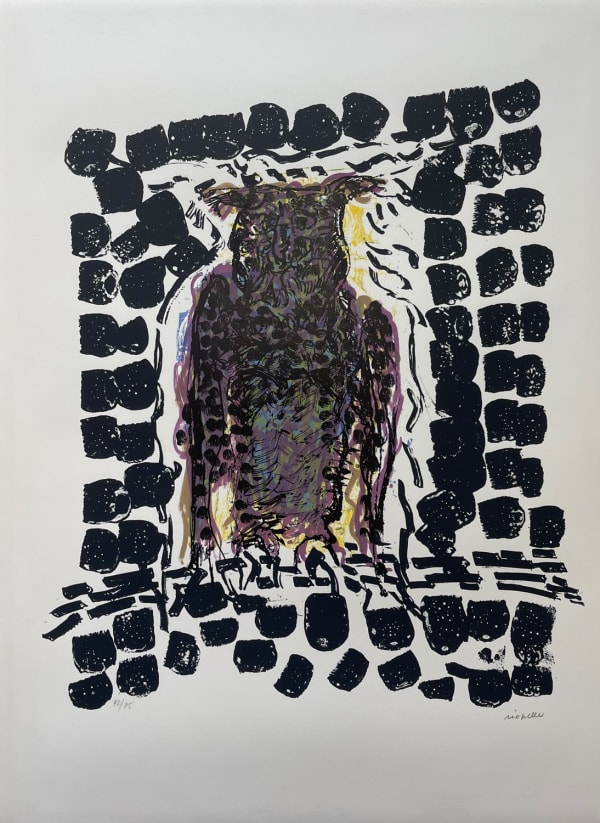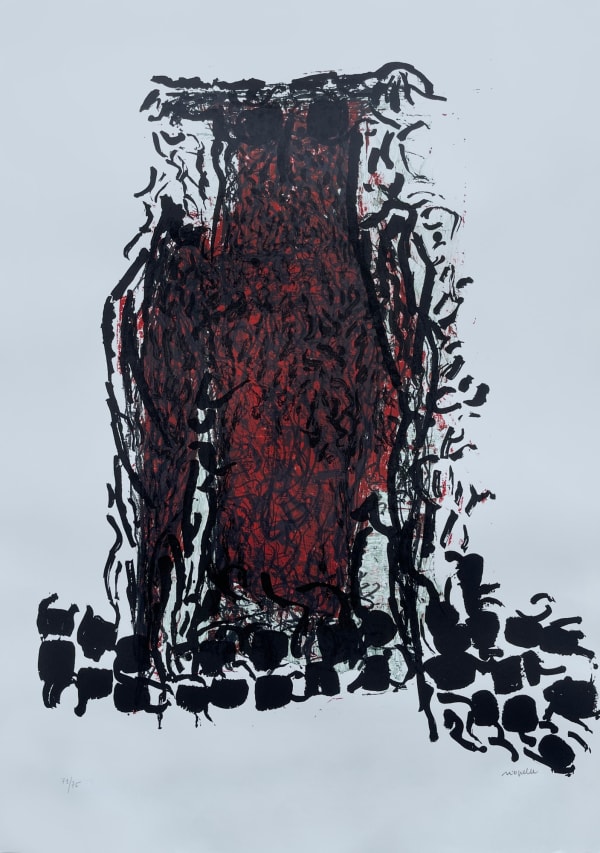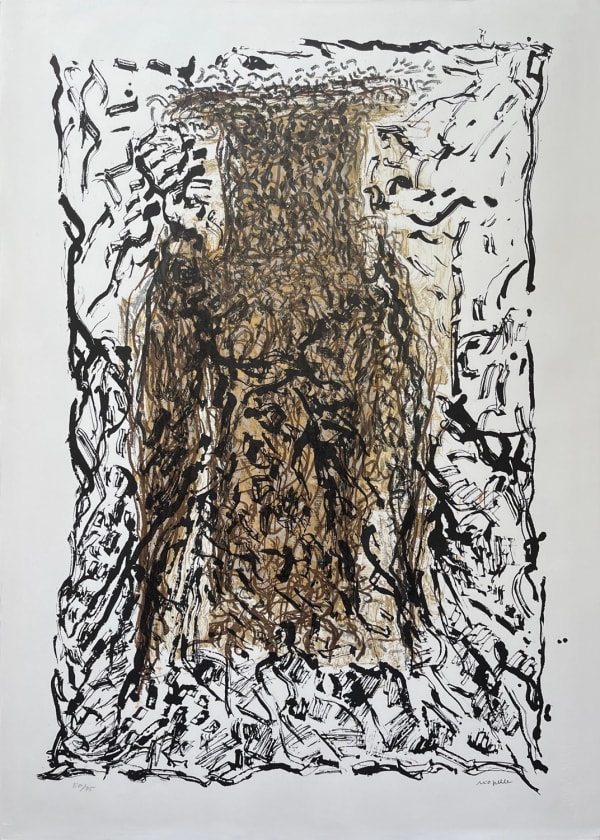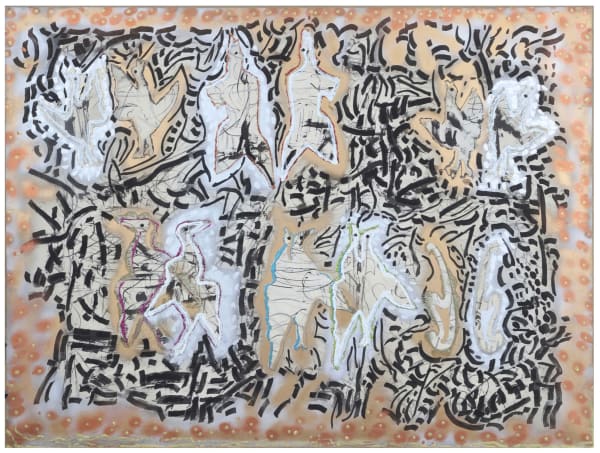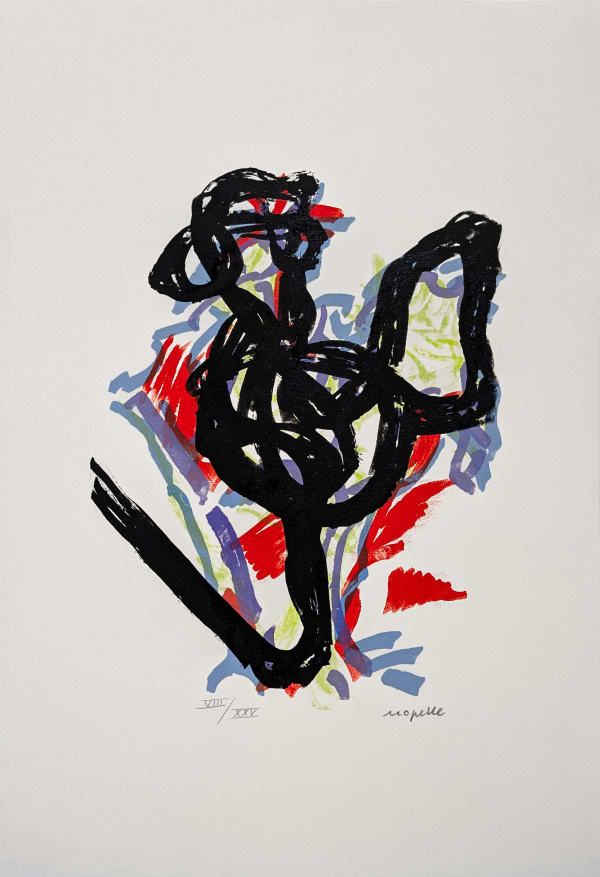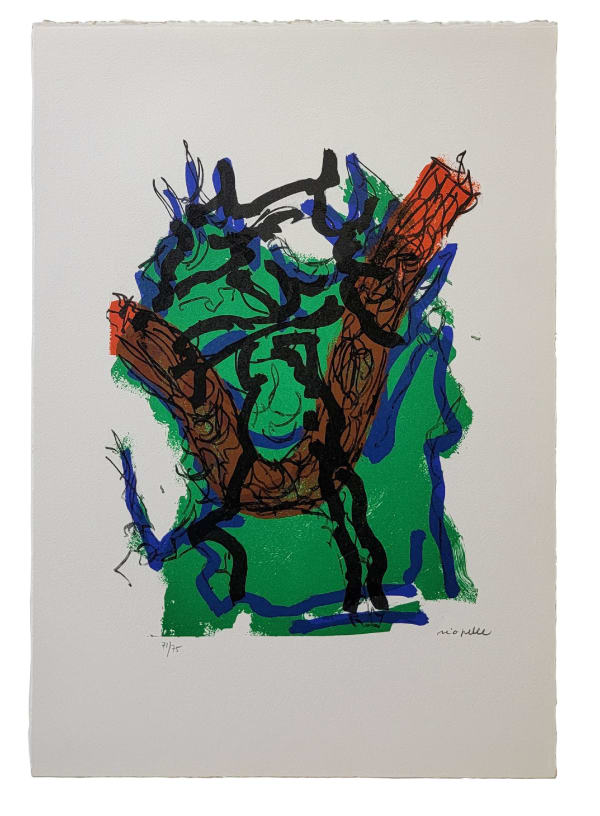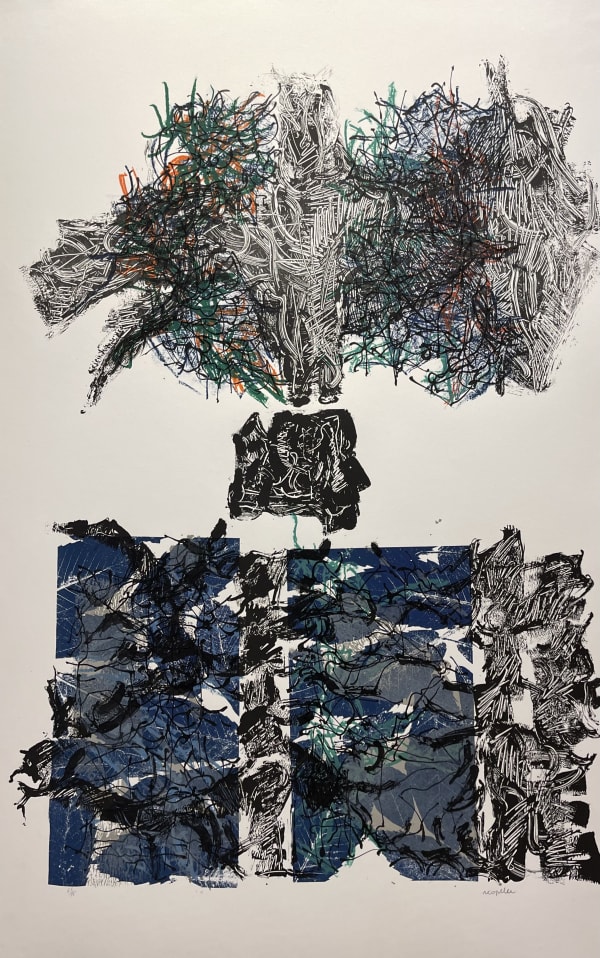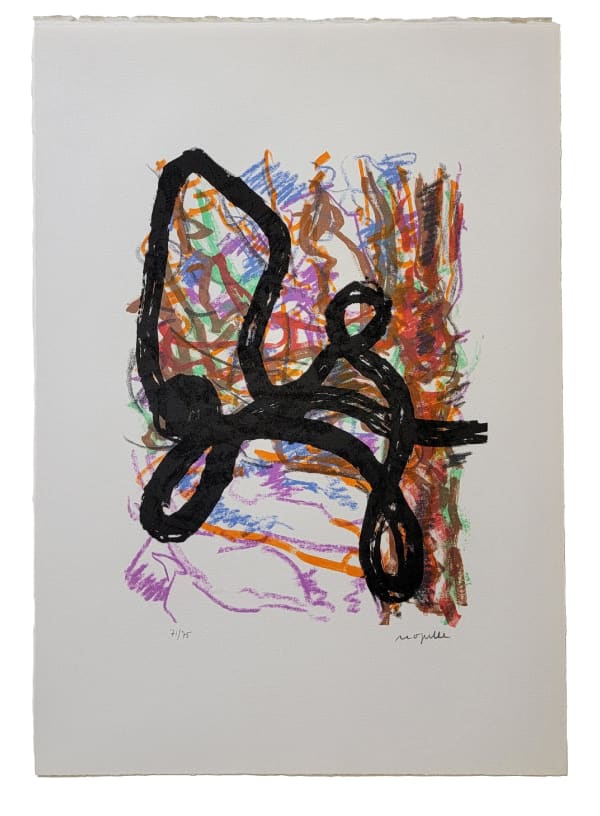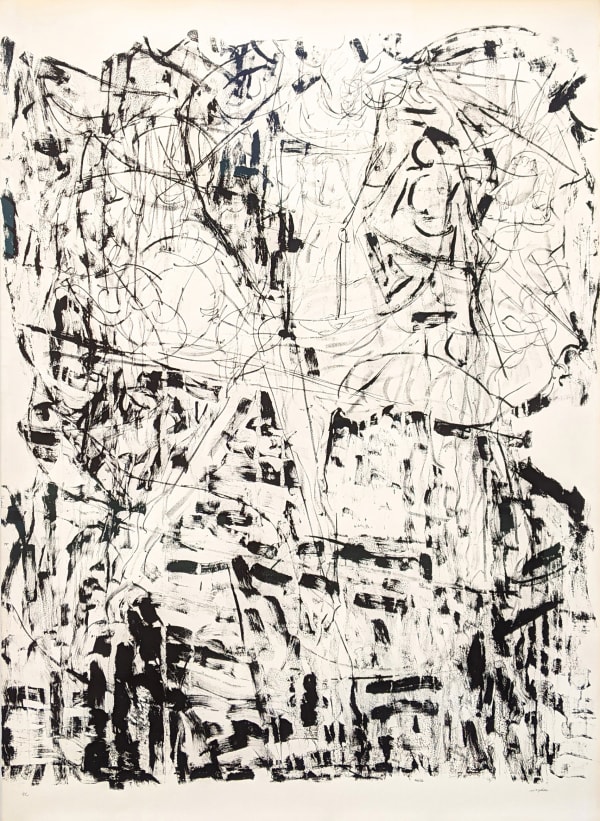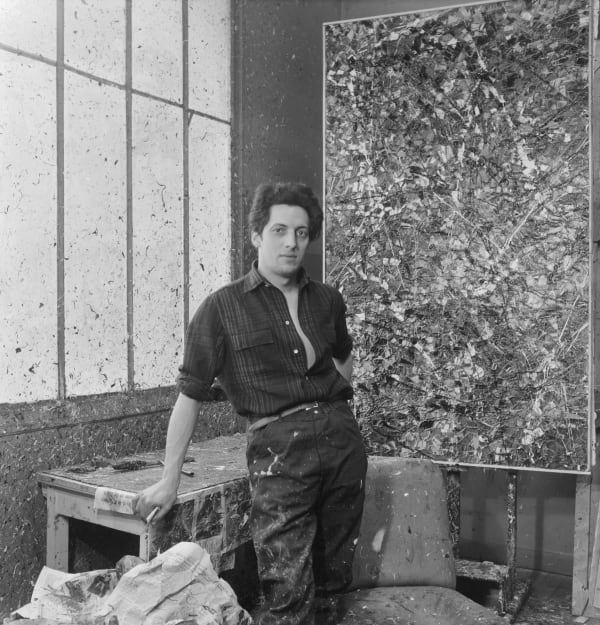Jean Paul Riopelle Canadian, 1923-2002
-
 Été indien, 1969
Été indien, 1969 -
 Le Chien, 1972
Le Chien, 1972 -
 Teddy, 1972
Teddy, 1972 -
 Turnbull, 1972
Turnbull, 1972 -
 Hibou X, 1970
Hibou X, 1970 -
 Affiche Galerie Maeght II, 1974
Affiche Galerie Maeght II, 1974 -
 Hibou VIII, 1970
Hibou VIII, 1970 -
 Épinette, 1972 Sold
Épinette, 1972 Sold -
 Feu de forêt, 1972 Sold
Feu de forêt, 1972 Sold -
 L'Indien, 1972 Reserved
L'Indien, 1972 Reserved -
 Métamorphose, 1972 Sold
Métamorphose, 1972 Sold -
 Feuilles VI, 1967 Sold
Feuilles VI, 1967 Sold -
 Jute III, 1967 Sold
Jute III, 1967 Sold -
 Sphinx, 1967 Sold
Sphinx, 1967 Sold -
 Abstraction, 1955 Sold
Abstraction, 1955 Sold -
 Album 67 #1, 1967 Sold
Album 67 #1, 1967 Sold -
 Quien-Toi Bien (Série Dommage), 1989 Sold
Quien-Toi Bien (Série Dommage), 1989 Sold -
 Scout, 1981 Sold
Scout, 1981 Sold -
 Suite à l'Année Verte, 1972 Sold
Suite à l'Année Verte, 1972 Sold -
 Suite Caribou, 1972 Sold
Suite Caribou, 1972 Sold -
 Suite Fancy, 1972 Sold
Suite Fancy, 1972 Sold -
 Suite Générale, 1972 Sold
Suite Générale, 1972 Sold -
 Suite Guerrière, 1972 Reserved
Suite Guerrière, 1972 Reserved -
 Suite Lac Aux Puants, 1972 Sold
Suite Lac Aux Puants, 1972 Sold -
 Suite Lachaudière, 1972 Sold
Suite Lachaudière, 1972 Sold -
 Suite Lachaudière, 1972 Sold
Suite Lachaudière, 1972 Sold -
 Suite Poursuite, 1972 Sold
Suite Poursuite, 1972 Sold -
 Suite Tabou, 1972 Sold
Suite Tabou, 1972 Sold -
 Tanlay festival, 1989 Sold
Tanlay festival, 1989 Sold -
 Tanlay festival, 1989 Sold
Tanlay festival, 1989 Sold -
 Triptyque Orange, 1967 Sold
Triptyque Orange, 1967 Sold -
 Tryptique Gris, 1967 Sold
Tryptique Gris, 1967 Sold -
 Affiche avant la lettre n.120, 1970 Sold
Affiche avant la lettre n.120, 1970 Sold -
 Hibou I, 1970 Sold
Hibou I, 1970 Sold -
 Hibou II, 1970 Sold
Hibou II, 1970 Sold -
 Hibou III, 1970 Reserved
Hibou III, 1970 Reserved -
 Hibou IV, 1970 Sold
Hibou IV, 1970 Sold -
 Hibou IX, 1970 Sold
Hibou IX, 1970 Sold -
 Hibou VI, 1970 Reserved
Hibou VI, 1970 Reserved -
 Hibou VII, 1970 Reserved
Hibou VII, 1970 Reserved -
 Hibou-Nid, 1969-1970, fonte 2010 Sold
Hibou-Nid, 1969-1970, fonte 2010 Sold -
 Les Oies, 1989 Sold
Les Oies, 1989 Sold -
 Le Coq, 1972 Sold
Le Coq, 1972 Sold
Jean Paul Riopelle (Canadian, 1923–2002) was a leading member of the European Abstract Expressionist movement. Born in Montreal, Riopelle studied both traditional and avant-garde painting, before fully embracing the avant-garde in the late 1940s and joining the Canadian group Les Automatistes, who were influenced by Surrealism and their practice of automatism. Riopelle moved to Paris in 1949, and painted abstract, open compositions, placing him amidst a “second generation” of Abstract Expressionist painters in Europe. He created his series of “mosaic” works in the 1950s, using a palette to plaster paint across the canvas in blocks of juxtaposed color.
For several decades, Riopelle had a strong but turbulent relationship with fellow Abstract painter Joan Mitchell, which ended in 1976. His paintings became even looser and more free-form, and he began exploring other mediums, including printmaking, collage, and sculpture. He created several large-scale sculptures in 1969, including a fountain paying tribute to Canadian hockey players that is now displayed in Montréal’s Olympic Stadium. Riopelle returned to Canada on a regular basis in the 1970s, creating works drawing inspiration from Canadian landscapes. He later continued to experiment with unconventional painting methods, including spray paint and an emphasis on negative space. In 1962, Riopelle exhibited work at the Venice Biennale, and was awarded the UNESCO prize. Several retrospectives have been held of his work, including exhibitions at the Centre Pompidou in Paris and at the Montreal Museum of Fine Arts. Riopelle spent his final years living north of Quebec in Île-aux-Grues, Canada; he died in 2002, at 79 years old.
-

Five Decade Retrospective
JEAN-PAUL RIOPELLE April 4, 2025The Vancouver Art Gallery mounts a sweeping five-decade retrospective of legendary Québécois artist, Jean-Paul Riopelle's career. Crossroads in Time spans the artist's work from 1942...Read more -

Celebrate the Greatness of Riopelle
Jean-Paul Riopelle May 1, 2022Nicolas Lemieux has designed an enormous project which is divided into several parts, the first stage of which is the creation of a symphonic musical...Read more

